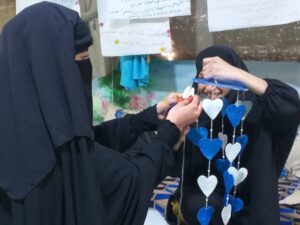Executive summary
Syrian Civil Society witnessed a rebirth following the uprising that erupted across Syria in 2011 after decades of stagnation and decadence that limited the scope of its activities to charity work.
Between 2011 and 2017 alone, the number of founded Syrian CSOs surged to exceed the total of registered organizations in the country since 1959.
As violence began to intensify across the country, the majority of CSOs were founded to address pressing demands on the ground, chief among them were issues related to the documentation of violations and coordination of aid activities. CSOs also served as a way to create jobs for displaced youths, particularly in neighbouring countries.
Another effect of the conflict on Syrian Civil Society was ending the monopoly of the country’s two largest cities, Damascus and Aleppo, on CSOs, as they began to spread to neighbouring countries and most Syrian provinces, with the exception of the ISIS-held Raqqa and Deir-Ezzor, where only a few number of organizations are active due to the persecution faced by activists working in areas controlled by the extremist group.
These organizations began to establish networks and alliances that support one another in advocacy activities and response coordination, and at times formed wider coalitions of these networks in order to enhance their collective performance.
This report demonstrates all three different sectors of the Syrian Civil Society: Organizations that operate in either regime-controlled, opposition-held or autonomous (Northeast Syria) territories.
This mapping is considered the first of its kind in Syria, and additional surveys are planned in the future that would allow for further in-depth documentation of this vital sector.


